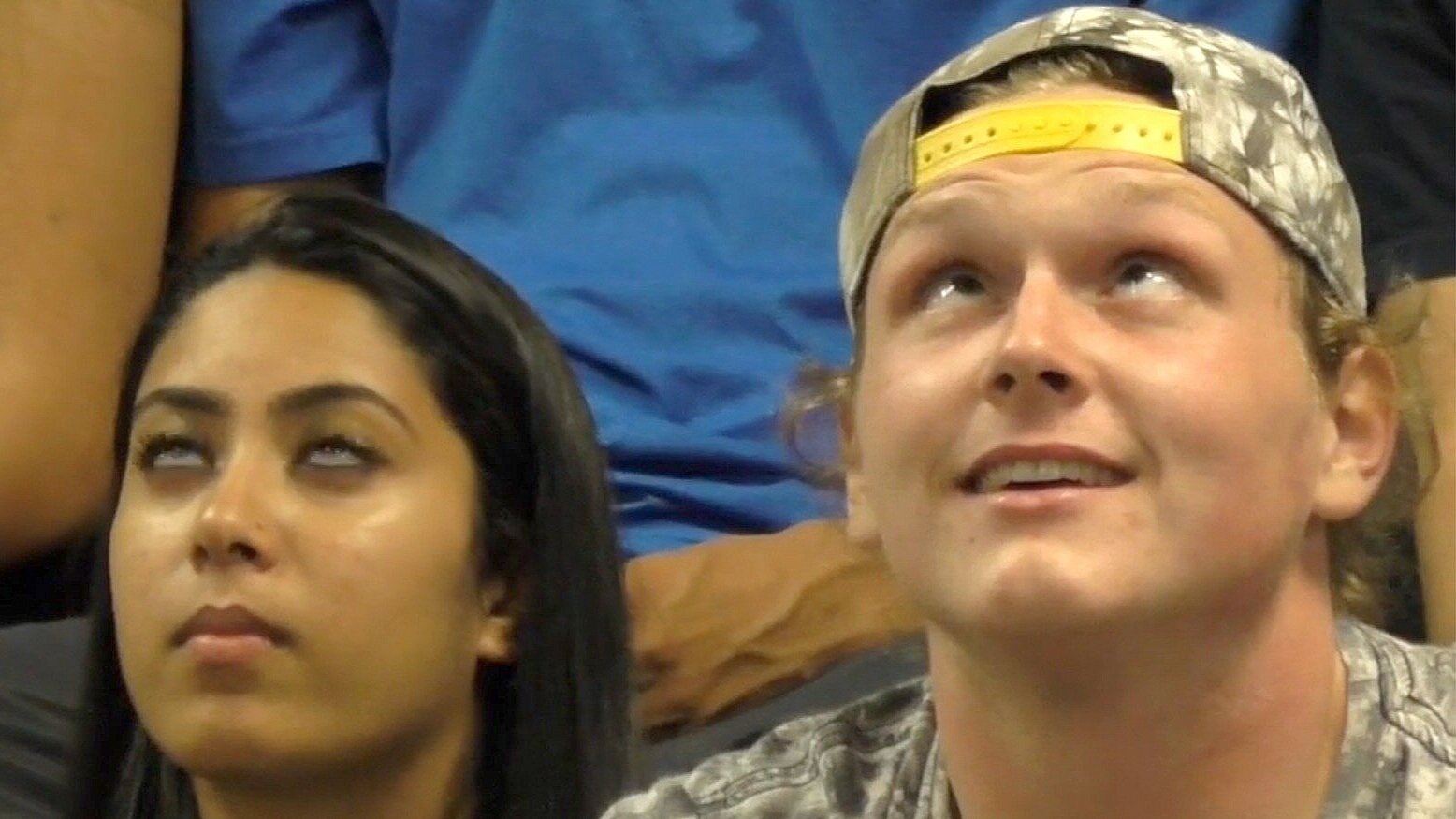Hypnosis Induction! Fastest progressive technique
How many types of induction should you learn?
I can only give you a subjective answer based on my experience. To me, the Spiegel Eye Roll technique ( which I adapted ) is the panacea of progressive inductions, and I see no reason to use anything else. Notice that I use the term progressive, but in reality the way I use it quite often only takes a few seconds.
Hypnosis Induction. Fastest progressive technique
The Spiegel eye roll is a test that measures how much a person's iris and cornea are visible when they roll their eyes upward. It's part of the Hypnotic Induction Profile (HIP), which is a scale that assesses a person's hypnotic responsiveness. How it works
The patient looks straight ahead
The patient looks upward, toward their eyebrows, and then toward the top of their head
The patient slowly closes their eyelids while continuing to look upward
The amount of sclera visible between the lower eyelid and the lower edge of the cornea is scored on a scale of 0 to 4
What it's used for
The Spiegel eye roll is used to roughly determine how susceptible a person is to hypnosis. It's also used as an initial indicator of a person's potential for a hypnotic experience.
What it suggests about hypnotizability
The less of the iris and cornea that's visible, the more hypnotically susceptible the person is. However, research has shown that the eye roll test may not be as strongly correlated with other hypnotic scales as originally thought.
Who developed it?
The eye roll test for hypnotizability was devised by Herbert Spiegel in 1972 following an observation that participants who were highly hypnotizable had the unusual capacity to roll their eyes upwards so that mainly just the white part of the eye is visible.
Hilgard E. R. (1982). Is somewhat skeptical about Spiegel’s results, however in my experience of using this technique with tens of thousands of subjects I am a firm believer.
Illusion that the eye-roll sign is related to hypnotizability
Abstract
In Spiegel's Hypnotic Induction Profile (HIP), a scale for measuring hypnotic responsiveness, the claim has been made that the eye-role sign (ER) can predict hypnotizability usable in clinical practice with a success rate of 75%. Using data from thousands of clinical cases, the ER correlated .22 with other items within the HIP--not high enough for predictive purposes. The present analysis shows how clinical observations uncorrected by statistical analysis can lead to illusory interpretations.
Hilgard E. R. (1982). Illusion that the eye-roll sign is related to hypnotizability. Archives of general psychiatry, 39(8), 963–966. https://doi.org/10.1001/archpsyc.1982.04290080069010
One of my favorite books is Malcom Caldwell’s book, Outliers, in which he looked at the Story of Success and what criteria one must meet to be an expert. He and others surmised that the number of hours for any master in a field of endeavor is at least 10,000. Because of Caldwell’s book, I’ve worked out my own hours in the field of hypnosis: in 35+ years, I hypnotized well over 100,000 people. As a result, I have become acutely aware of the subtleties and nuances for successful outcomes in hypnotized subjects.
For more about clinical hypnotherapy education go to www.barryjones.com

